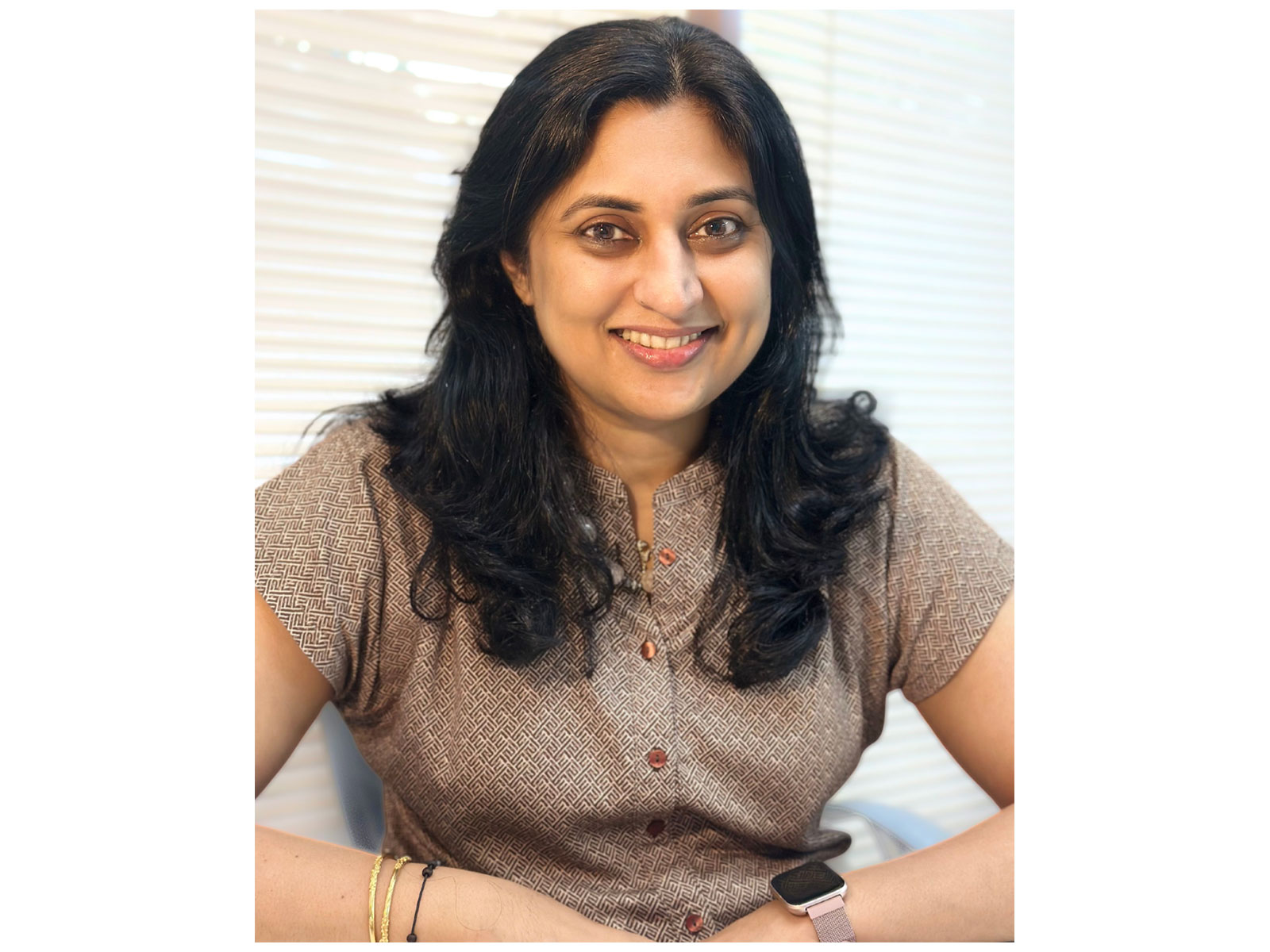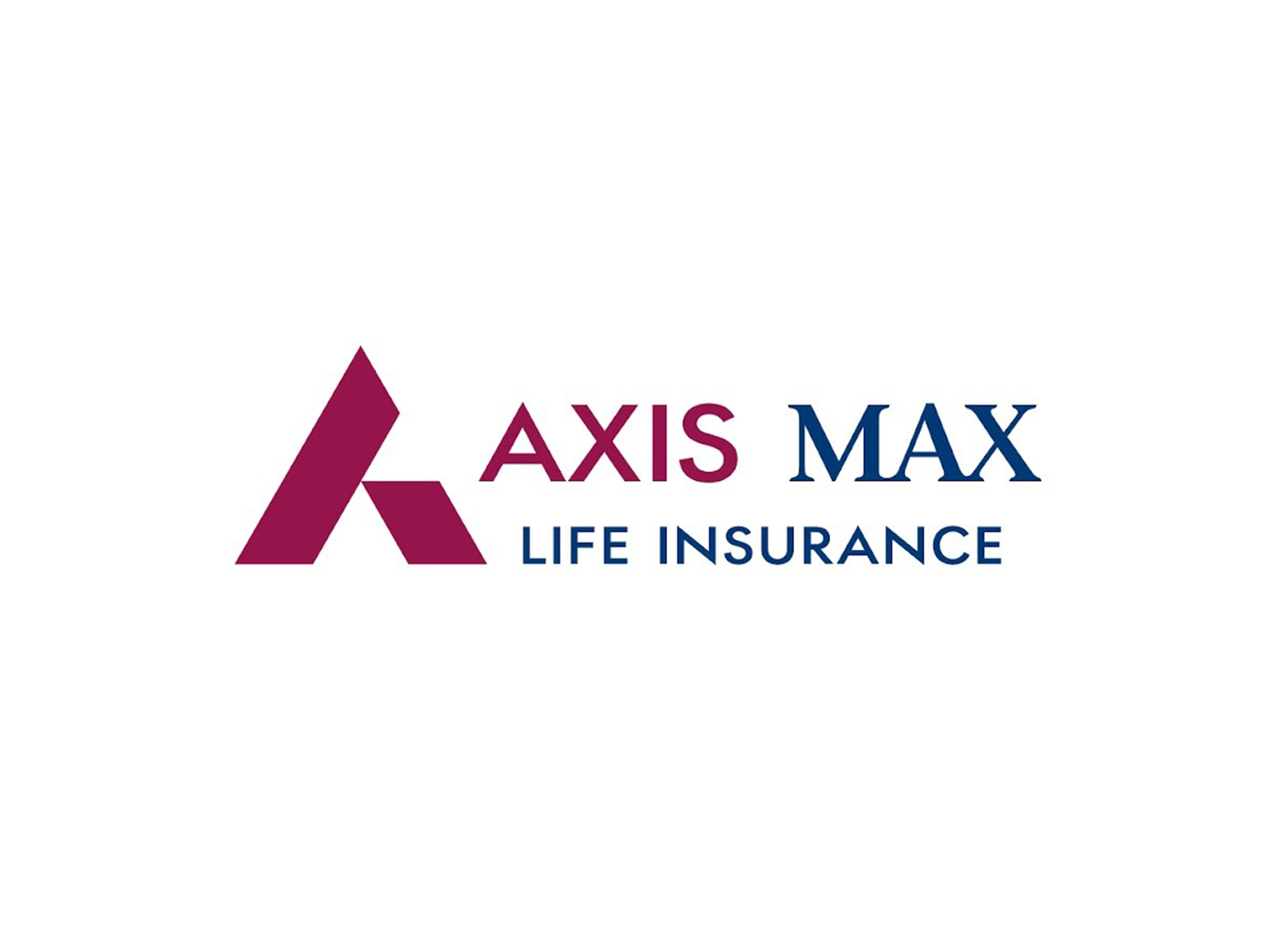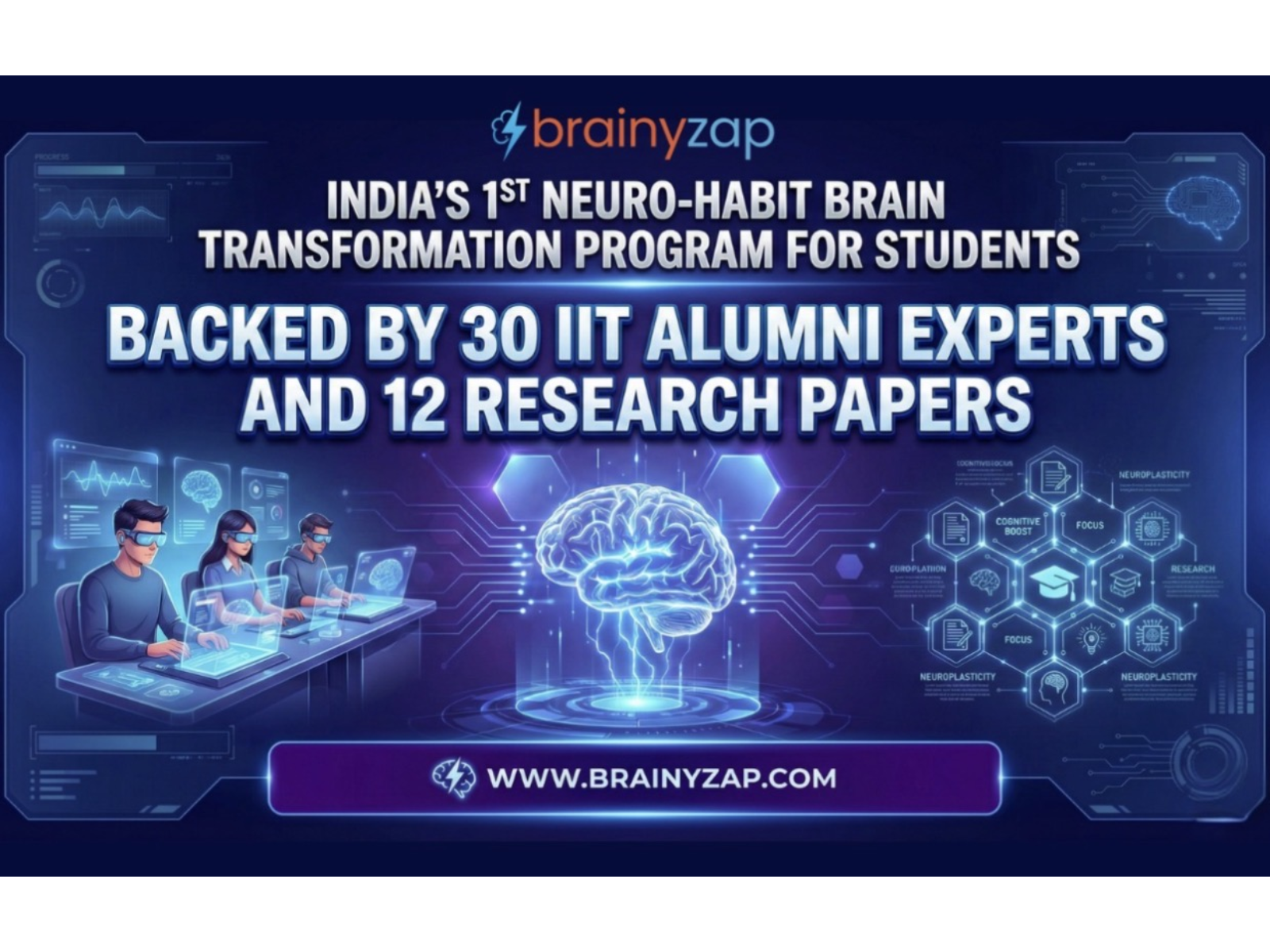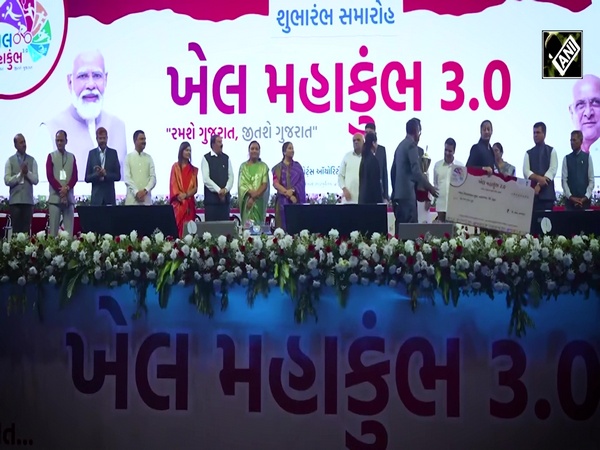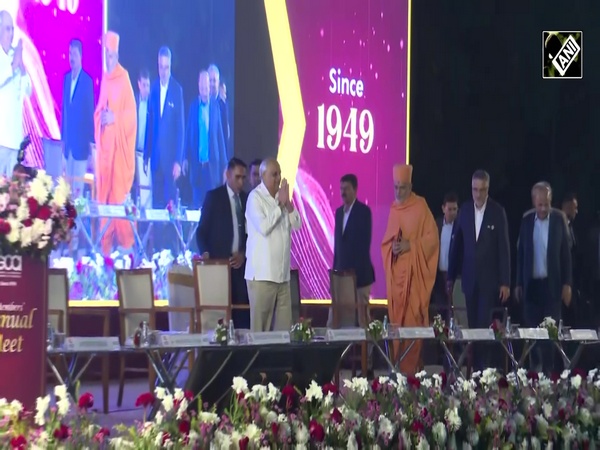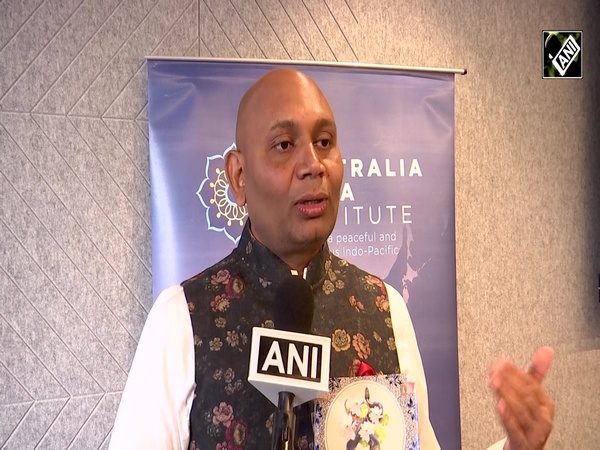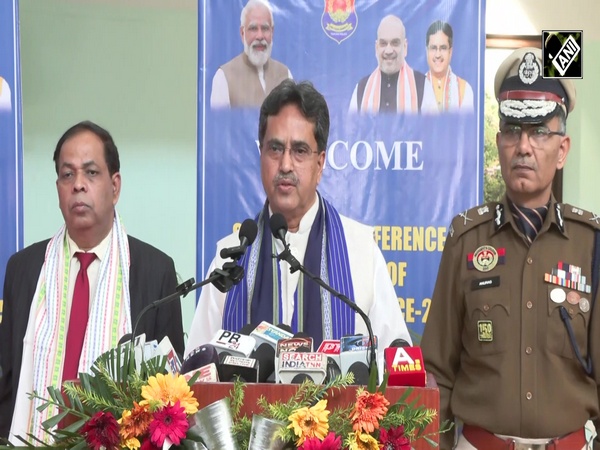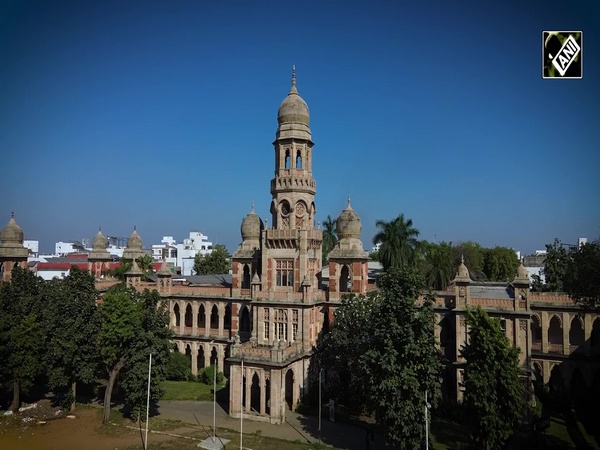Reclaiming Water, Restoring Hope for Kolar: The Art of Living & Ashirvad
Jun 20, 2025

NewsVoir
Bangalore (Karnataka) [India], June 20: In the drought-worn landscape of Kolar, Karnataka, a quiet revolution has taken root. Not with slogans or grand announcements; but with stone, soil, science and spirit.
"The root cause of poverty in villages is the lack of water. Solve the water problem, and prosperity returns," - Gurudev Sri Sri Ravi Shankar.
Inspired by world renowned humanitarian and spiritual leader Gurudev Sri Sri Ravi Shankar, the Kolar Integrated Water Resource Management (IWRM) Project (April 2024 to March 2025) by The Art of Living Social Projects and Ashirwad by Aliaxis is the story of how a corporate vision, a humanitarian mission, and community participation converged to address one of India's most critical environmental challenges: groundwater depletion.
Led by The Art of Living Social Projects, in partnership with Ashirwad by Aliaxis, this year-long initiative set out with a simple but transformative objective - to recharge the earth beneath Kolar's feet and reignite hope in its people.
Kolar's Crisis: A Deepening Dryness
Once famed for its gold mines, Kolar today faces a far rarer commodity - water. Since the 1960s, unsustainable groundwater extraction has left vast parts of the district parched. Borewells now plunge 1,500 to 2,000 feet deep in search of moisture. Agriculture falters, women walk miles for water, and youth migrate as traditional water systems collapse.
According to the Central Ground Water Board (CGWB) and NITI Aayog's Water Index, Kolar is among India's most 'overexploited' groundwater zones. This is more than an ecological problem. It's a human crisis, disrupting livelihoods, health, and rural dignity.
Primary Goals: Turning Vision Into Action
The partnership responded with a scientific and human centered solution - a replicable IWRM model rooted in participatory design, data-driven planning, and grassroots empowerment.
1. Scientific Site Identification
Using geological and aquifer mapping (aligned with CGWB standards), potential recharge zones were meticulously selected through multi-parametric analysis.
2. Recharge Structure Construction
Following the successful JalTara model, each intervention site paired a Boulder Check (to slow runoff) with a strategically placed Recharge Well (to percolate water into aquifers).
3. Water Literacy & Community Capacity Building
Training deepened public understanding of water cycles, aquifer behaviour, and the importance of recharge. Youth and elders alike engaged, many for the first time, in local hydrology.
4. Ownership & Decentralisation
Elected Representatives (ERs) and Panchayat Development Officers (PDOs) were involved throughout - from planning to post-construction monitoring.
5. Monitoring & Documentation
Impact dashboards, infiltration tests, and site photographs ensured transparency, while GIS-based maps empowered Gram Panchayats to oversee their own resources.
6. Scalable Sustainability
With Kolar as a pilot site, this model is poised for replication across drought-prone districts in Karnataka and beyond.
Project Highlights (April 2024 - March 2025):
* 135 pairs of Boulder Checks (BCs) and Recharge Wells (RCWs) constructed across 26 villages, reaching 10,000+ residents
* Comprehensive geological, geophysical, and hydrogeological surveys for optimal site selection
* Water Literacy Training Programmes conducted in every Gram Panchayat
* MoU-based execution with strong Gram Panchayat involvement and formal handovers
This was not just civil work, it was community work.
Beyond Numbers: A Human Story
While metrics quantify impact, the spirit of the project lives in the people it touched.
Farmers Reclaim Confidence
In Arabikothanur and Harati, villagers saw something they hadn't in years - water staying in the soil after a rain. "We had accepted drought as normal. Now we see water in our land - and that is not just water, it is hope." Farmer, Arabikothanur GP
Youth and Awareness
Water Literacy sessions awakened curiosity among students. "This is the first time I've understood where water goes after it rains." Student Volunteer, Harati GP
Panchayat Ownership
Local leaders felt seen and empowered."This is the first time a CSR project came and stayed with us till the end - not just for inauguration." Elected Representative, Shapur GP
Women in Water Leadership
For many women, restored wells meant reclaimed time and energy. "If the well near my house works again, it saves my legs, my time, and my life." Woman Farmer, Bethani Village
Seva Meets Science: A New Development Paradigm
This project became a model of mindful collaboration, where:
* Contractors saw the work as duty, not just deployment
* Villagers offered voluntary help without being asked
* Corporate partners, scientists, and community members walked together - not in parallel, but in unison
Looking Ahead: A Replicable Movement
The Kolar IWRM Project has done more than restore water - it has revived trust, participation, and shared responsibility. As a benchmark model, it offers a compelling case for how scientific precision and spiritual intention can co-create sustainable impact.
This wasn't a project for the people. It was a project with the people. And through them.
The Art of Living Social Projects is committed to creating lasting societal impact through transformative initiatives. With a focus on holistic development, the organisation continues to uplift individuals and communities - earning recognition and accolades along the way.
Follow: www.instagram.com/artofliving.sp/
Like: www.facebook.com/artoflivingsocialprojects
Post: x.com/artofliving_sp
Message: www.linkedin.com/showcase/artofliving-sp
(ADVERTORIAL DISCLAIMER: The above press release has been provided by NewsVoir. ANI will not be responsible in any way for the content of the same)

